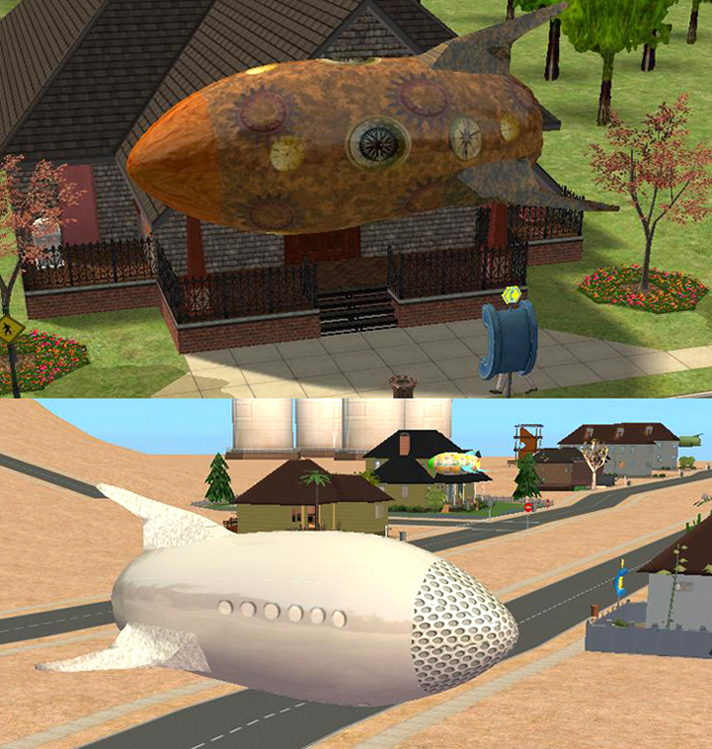Apogee Rockets: RockSim - Rocket Kits Rocket Motors Launch Accessories Rocket Software Rocket Books & Videos Building Supplies Electronics & Payloads Wearables Gift. You can specify the length and diameter of the tube for the air rocket and the solid rocket. For the solid rocket, the program insures. RocketModeler program.

This is a beta 1.2 version of the RocketModeler program written. With this software you can investigate how a model rocket flies by changing. Explanation of basic rocket physics and how you can program or spreadsheet your own rocket flight simulation.
README.md Rocket_Sim Purpose: This simulation was made in ~1 week to help me better understand orbital mechanics. It is a stepping stone to more advanced programs I want to work on for other things (Kerbal Space Program). This simulation models the motion of one rocket/satellite in orbit around the Earth. The math is using real values and calculating orbits in realtime. The kinematics is done in polar coordinates. Two sources that helped me:,.
The former was used for all the equations, the latter was only used for the polar coordinate kinematic equations.
RocketModeler 1.2 beta RocketModeler Version 1.2 This is a beta 1.2 version of the RocketModeler program written by Eric Bishop from the Ohio State University. You are invited to participate in the beta testing. If you find errors in the program or would like to suggest improvements, please send an e-mail to benson@grc.nasa.gov. This page contains an interactive Java applet to explore the various factors which affect the flight of a model rocket. All of the information presented by the applet are available within the Beginner's Guide to Model Rockets. You should start with the slide describing the of a model rocket. RocketModeler With this software you can investigate how a model rocket by changing the values of different If you are an experienced user of RocketModeler, you may prefer a slightly different which does not include this manual and loads a little quicker in your browser.
There is newer version of the program, called, which is also available. The newer program simulates a wider variety of rockets.
If you experience difficulties when using the sliders to change variables, simply click away from the slider and then back to it. If the arrows on the end of the sliders disappear, click in the areas where the left and right arrow images should appear, and they should reappear. If you see only a grey box at the top of this page, be sure that Java is enabled in your browser. If Java is enabled, and you are using the Windows XP operating system, you need to get a newer version of Java. Rich Dad Poor Dad Coaching Program Good.
Go to this link:, try the 'Download It Now' button, and then select 'Yes' when the download box from Sun pops up. SCREEN LAYOUT The program screen is divided into two main parts: • On the left of the screen is the graphics window in which you will see your rocket design and test flight. You can switch to the launch graphics by pushing the blue 'Launch Rocket' button.
Details are given in. • On the right of the screen are the input sliders and boxes that you use to change your design or to set flight conditions. Details of the variables are given below. GRAPHICS There are two main graphics displays. During the design of a model rocket you will see a drawing of the current design.
As you change tube length, or fin geometry the graphic will change. On the rocket you will see two circles. The circle with the black diamonds is the location of the. The circle with the black dot is the location of the. The location of the CG and CP will change during design.
For a rocket, keep the CP below the CG. When the blue 'Launch Rocket' is pushed on the design screen, the graphics change to display the location and orientation of your rocket during flight. Initially the rocket is sitting on the ground on its launch rail.
When the red 'Begin Launch' button is pushed, a countdown from T-3 sec. At T= 0, the engine fires and you will see some small 'flames' at the base of the rocket. The flames remain burning during the powered portion of the flight but are extinguished during the coasting ascent. If you are flying a 2 or 3 stage rocket, you will see the spent stage fall away from the stack following staging. When the ejection charge is ignited, the nose cone is discharged and a small parachute is deployed for slow descent.